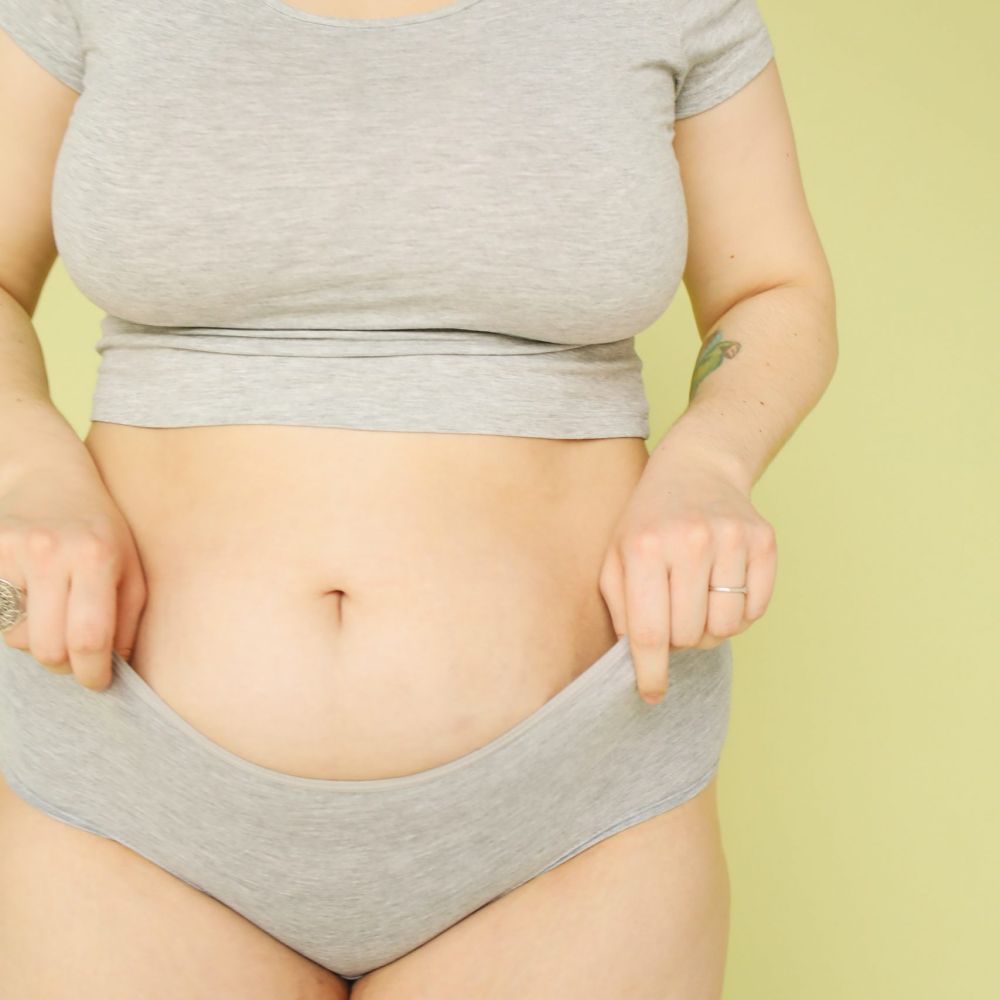What is stress urinary incontinence?
Stress urinary incontinence (SUI) is a common problem in women that causes the involuntary loss of urine during coughing, sneezing, laughing, or physical exertion such as running or climbing stairs.
What is vaginal relaxation & atrophy?
Vaginal relaxation syndrome (VRS) is defined as the laxity of the vaginal wall. It can result in loss of friction and sexual satisfaction for both a woman and her partner. Vaginal atrophy refers to the thinning of the wall of the vagina that often occurs post-menopause and is associated with dryness.
What are the causes of vaginal relaxation & atrophy?
The most common cause of vaginal relaxation is overstretching of the vaginal wall during childbirth, which can increase with the number of births. Other causes are congenital connective tissue weakness and natural aging. Vaginal atrophy normally occurs post-menopause due to a lack of estrogen.
What are the treatment options?
Until now, effective results for VRS could only be achieved through invasive surgical treatments such as anterior and posterior vaginal plastic surgery.
There are many post-operative complications associated with these procedures and a high degree of dissatisfaction with the results. The treatment options for atrophy due to menopause typically involve hormone therapy.
How does IncontiLase & Intimalase work?
The laser has a photo thermal heating effect on collagen in both the vaginal walls and the urethra which causes restructuring and regrowth of the collagen. This results in the thickening and tightening of the vaginal walls and urethra to improve atrophy and prevent urine loss.
This simple, non-surgical, in-office procedure is highly effective, pain-free and safe. A special attachment, similar to a speculum as used during a pap test, is inserted into the vagina, during which the entire vaginal region is treated with short laser pulses through a small handpiece.
Post Treatment
You can leave immediately after the procedure and continue your daily routine.
There may be some minimal sensitivity after the procedure and a transparent discharge for 2-3 days afterwards. Sexual intercourse is not recommended for 1 week after the procedure.
How does IncontiLase & Intimalase work?
The laser has a photo thermal heating effect on collagen in both the vaginal walls and the urethra which causes restructuring and regrowth of the collagen. This results in the thickening and tightening of the vaginal walls and urethra to improve atrophy and prevent urine loss.
This simple, non-surgical, in-office procedure is highly effective, pain-free and safe. A special attachment, similar to a speculum used during a pap test, is inserted into the vagina, during which the entire vaginal region is treated with short laser pulses through a small handpiece.
